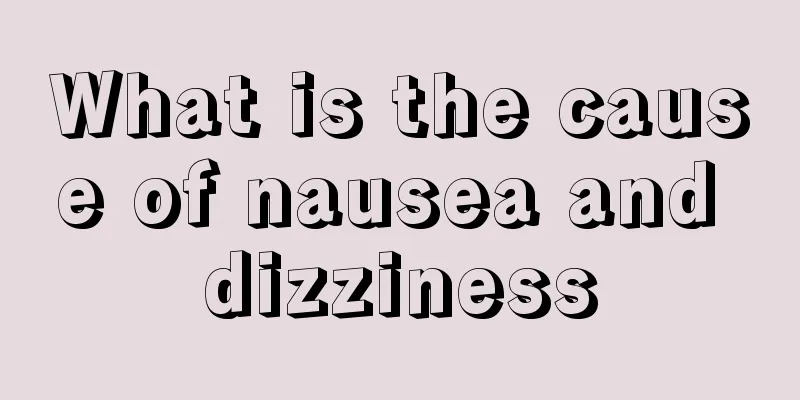What are the effects and functions of cat's eye grass

|
Cat's eye grass is a common plant and is used as a medicine in traditional Chinese medicine. Clinically, it can relieve cough and phlegm, prevent pain and swelling, and has anti-inflammatory effects. Therefore, it is very effective and can meet many needs of the human body. However, cat's eye grass has certain toxicity and may affect the body. Therefore, medicines will contain toxins and should not be used casually. You need to consult a doctor before using cat's eye grass. Introduction Original plant Zeqi [ Source ] "Shennong's Herbal Classic". 【 Scientific name 】 Herba Euphorbiae Helioscopiae (UK) Sun Euphorbia Herb [ Alias ] Five clouds, cat's eye grass, milkweed. Pharmacological Action 1. Antitussive and expectorant effects Quercetin 3-diglactoside and hyperoside contained in lacquer have antitussive effects. Hyperoside has a strong antitussive effect. The helium mist method on mice has shown that the antitussive effect of oral administration of 500 mg/kg hyperoside is no less than that of oral administration of 80 mg/kg codeine. However, the content of hyperoside in lacquer is very low. Wedgeroot 3-digalactoside has a similar structure and effect to hyperoside and is the main antitussive ingredient in lacquer. In addition, clinical laboratory tests found that the acidic mucopolysaccharide fibers in the sputum of patients taking Zeqi tablets were reduced. Therefore, it is speculated that Zeqi may inhibit the synthesis of acidic mucopolysaccharides and have an expectorant effect. 2. Anti-pain effect Zeqi has inhibitory effects on mouse sarcoma S180, S37, mouse leukemia and other tumor strains. Two monomer substances, Zeqisi A and B, were isolated from Zeqi, and studies have shown that both have anti-cancer activity. 3. Other effects In clinical practice, Ze La has a certain effect on tuberculosis, but its decoction, diluted fermentation extract and distillation liquid have no inhibitory effect on Mycobacterium tuberculosis in test tube. 4. toxicity The emulsion of lacquer is highly irritating to the skin and mucous membranes. Contact with the skin can cause redness, or even inflammation and ulceration. However, when its decoction is taken orally in clinical practice, no obvious toxic reaction is observed even at a dose of up to 150g/kg, which may be because the toxic components are insoluble in water. If fresh grass or milky juice is accidentally ingested, the oral cavity, esophageal and gastric mucosa may become inflamed and eroded, with burning pain, nausea, vomiting, abdominal pain, and watery diarrhea. In severe cases, it may cause dehydration and even acidosis. Edit this section Modern research main components Contains Quercetin-5,3-di-D-galactoside, Phasin, Hyperin, Quercetin, Gallic acid, Succinic acid, triterpenes, butyric acid, Helioscopiol, β-Dihydrofucosterol, glucose, fructose, maltose, etc. The fatty oil contained in the seeds is a drying oil with a strong laxative effect. |
<<: Is it true that applying aloe vera gel on face allergy doesn’t work?
>>: What are the effects and functions of Roubaowang
Recommend
Blood test for colorectal cancer is negative
Colorectal cancer is one of the most common cance...
How many years can one live with a renal hamartoma
How many years can a patient with a renal hamarto...
What causes cracked feet and how to treat and maintain them
In winter, the air is dry and the skin is prone t...
Do you really understand radiation therapy for lung cancer?
Do you really understand the radiotherapy for lun...
Endocrine obesity fast weight loss
For most people today, obesity is not a sign of a...
Is nose essential oil effective?
Essential oils are a kind of health care product ...
What are the common symptoms of primary liver cancer? Clinical symptoms of primary liver cancer
If liver cancer is discovered early, patients wil...
How to choose a hospital for brain cancer surgery in China
Brain tumors are also called intracranial tumors....
How much does it cost to treat osteofibroma
Osteofibroma is one of many types of tumors. Alth...
How long can pork be refrigerated?
With the development of the economy, large applia...
The contact lenses are dry
In our lives, many people think that wearing fram...
Can rice vinegar be drunk directly?
Rice vinegar can be drunk directly, but if you dr...
Can you preserve your fertility even if you have uterine fibroids
An An has always been a very happy woman, with a ...
Ten diseases that can be cured by drinking water
1. Pigmentation: Drink a glass of boiled water in...
Introduction to the treatment of mild fatty liver
Even mild fatty liver can have adverse effects on...









